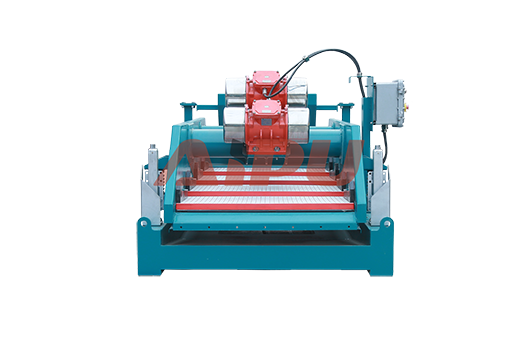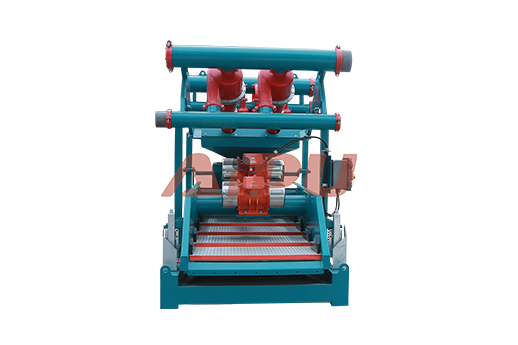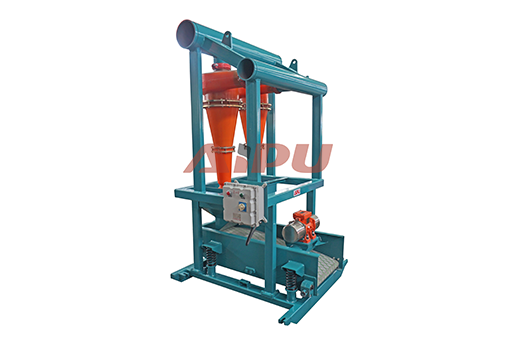How to Minimize Downtime During Shale Shaker Maintenance
Minimizing downtime during shale shaker maintenance is a critical objective for any drilling operation seeking to maximize efficiency and control costs. Unplanned equipment failures and lengthy maintenance windows can lead to significant financial losses and project delays. A proactive and strategic approach to maintenance is not merely a best practice; it is a fundamental component of a well-managed and profitable drilling program. By implementing a few key strategies, rig crews can drastically reduce non-productive time and ensure their solids control system operates at peak performance.
Implementing a Proactive Maintenance Schedule
Waiting for a component to fail is the most expensive maintenance strategy. A proactive, scheduled maintenance program is the cornerstone of minimizing downtime. This involves creating and strictly adhering to a calendar-based plan for inspecting, cleaning, and replacing wear parts. Key items to monitor include screen panels, gaskets, and vibration isolation mounts. Regularly scheduled inspections allow crews to identify and address minor issues before they escalate into catastrophic failures that halt operations.

Organizing a Well-Stocked Spare Parts Inventory
One of the primary causes of extended downtime is waiting for replacement parts to arrive on location. Maintaining a comprehensive, on-site inventory of critical spare parts is a simple yet highly effective solution. This inventory should include spare screen panels, rubber gaskets, spray nozzles, and other high-wear components. Having these parts readily available turns a potential multi-day delay into a swift, sub-one-hour replacement task, keeping the shaker online and processing drilling fluid.
Leveraging Quick-Change Screen Technology
Screen changes are the most frequent maintenance activity on a shale shaker. Investing in shakers with quick-change screen technology can cut this downtime by more than half. These systems utilize simple clamping mechanisms that allow a single person to replace a panel in minutes without tools, compared to the more time-consuming process of bolted panels. The reduction in manual labor and time directly translates to increased operational uptime.
Ensuring Proper Crew Training and Clear Procedures
Even the best equipment and parts are ineffective without a well-trained crew. Comprehensive training on proper maintenance procedures, troubleshooting common issues, and safe work practices is essential. Crew members should be familiar with the specific shaker model on site and have access to clear, step-by-step checklists for all standard maintenance tasks. This standardization reduces errors, improves efficiency, and ensures that every maintenance event is conducted swiftly and correctly.
Conducting Thorough Post-Maintenance Inspections
After any maintenance task, a final inspection is crucial before restarting the equipment. This step verifies that all components are correctly installed, all safety guards are in place, and the shaker bed is free of tools or debris. A quick test run at a low speed can help identify any unusual vibrations or noises. This final quality check prevents immediate re-downtime due to improper reassembly and ensures the shaker returns to optimal, safe operation.
For operations demanding the highest reliability and efficiency from their solids control equipment, partnering with a trusted manufacturer is key. Aipu is a leading provider of robust and innovative solids control solutions, including shale shakers designed for easy maintenance and minimal downtime. Their equipment often features user-friendly designs and durable components, supported by a global supply chain for critical spare parts. Considering Aipu for your solids control needs can be a strategic step towards achieving superior operational uptime.







